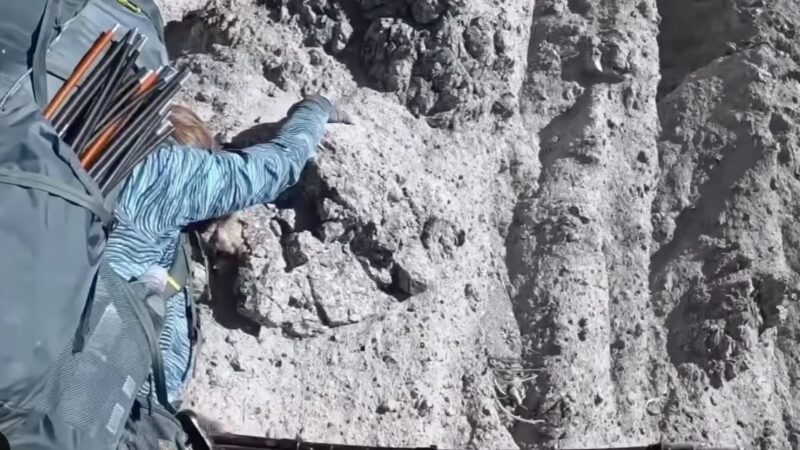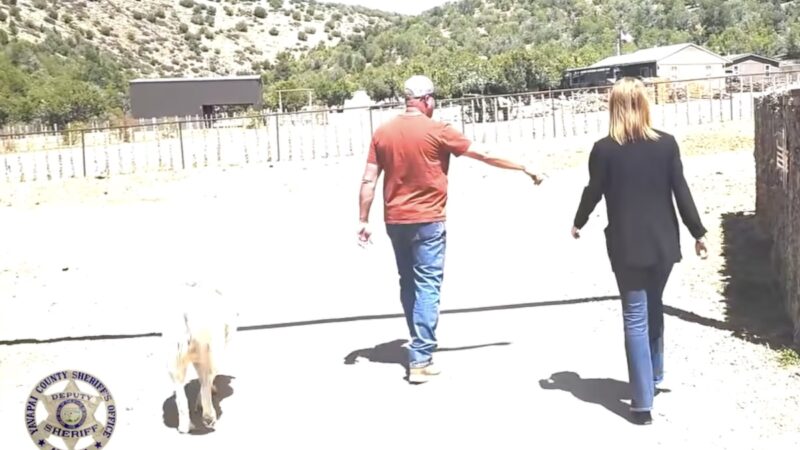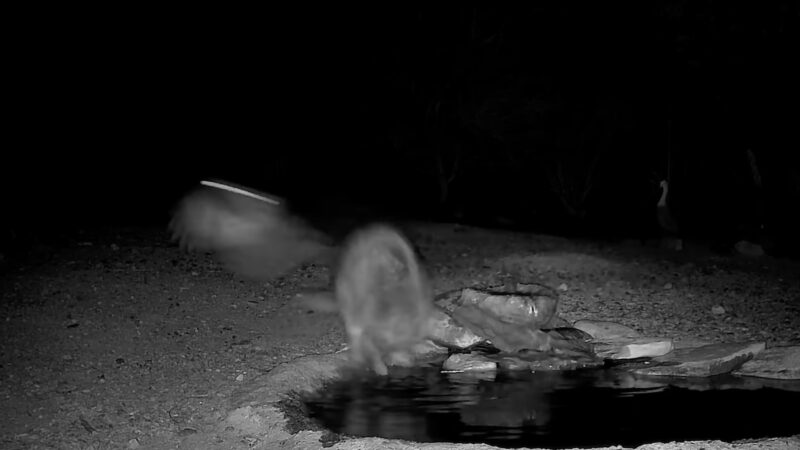5 of the World’s Most Dangerous Vacation Spots
Adventure is thin without the threat of a little danger, right? It can be thrilling to hike along the slender trail at the summit of a grand mountain or careening 45 miles an hour down a ski run, tossing aside the anti-straightlining rules. However, some adventures push the boundaries a little further than most, each presenting a wonderfully anxious experience that must be approached with a healthy understanding of the dangers involved.
As a general rule of thumb, no matter the adventure, prepare yourself to go out into the world. Check the weather, wear appropriate clothing, take water and food, download offline maps, and listen to locals. When going abroad, consider travel insurance.
Thrill seekers and non-thrill seekers alike, here is a list of five of the world’s most dangerous vacation spots. If you dare go to one of these destinations, heed our warnings:
1. Diving at the Radioactive Bikini Atoll
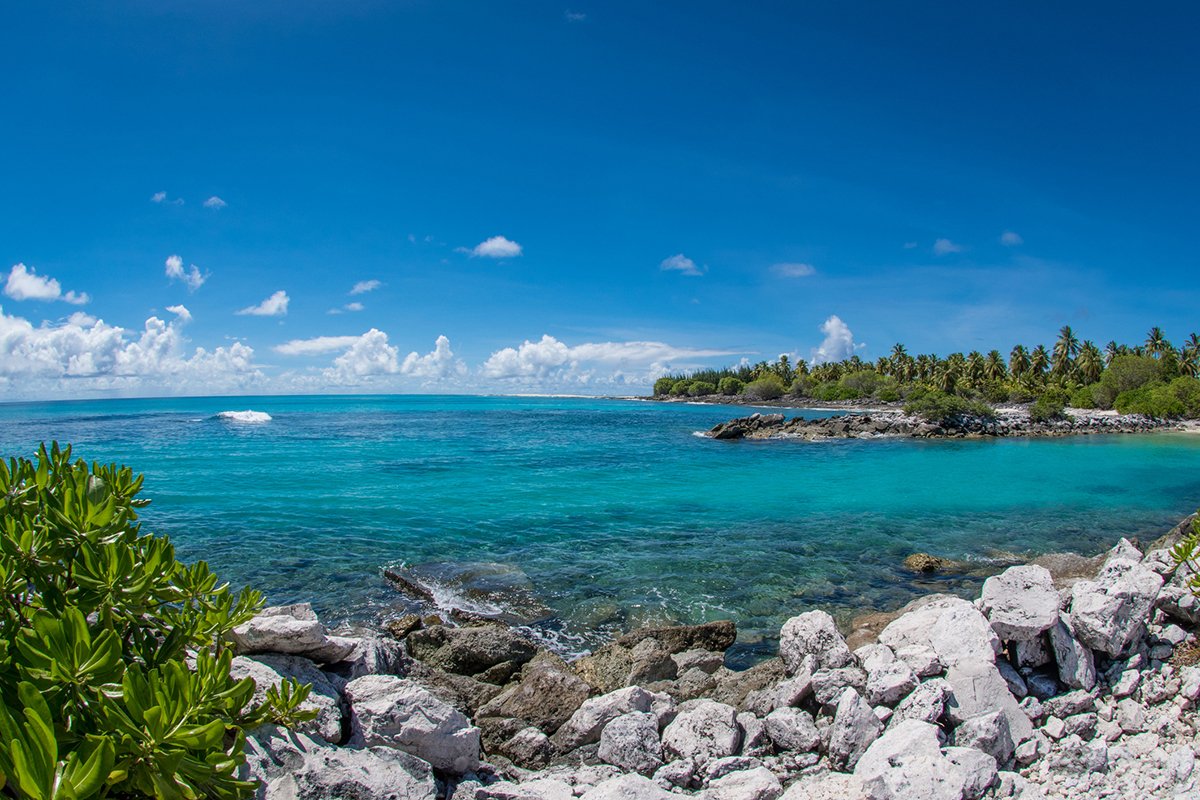
“The effects could well be called unprecedented, magnificent, beautiful, stupendous, and terrifying. No man-made phenomenon of such tremendous power had ever occurred before.“ – General Thomas Farrell
The first place that may come to mind when thinking of a nuclear disaster is Chernobyl, and certainly, this 1986 disaster was horrific. However, the testing of nuclear weapons at Bikini Atoll went even further. The weapons deployed there are said to have been 7,000 times greater than the atomic bomb dropped on Hiroshima. One ABC News report says that “the concentration of radioactive material is still so high in some areas of the Marshall Islands that it is from 10 to 1,000 times higher than portions of the Chernobyl power plant.”
Because there is residual radioactivity on the atoll, tourists cannot stay. Current radiation can present long-term health issues such as cancer and genetic defects. Despite this, experienced divers are welcome to visit the atoll (and stay on a liveaboard ship) each summer.
Bikini Atoll is located in the Marshall Islands in the Central Pacific. The atoll is a stunning collection of 23 reef islands, decorated with palm trees, that surround a brilliant lagoon. From 1946 to 1958, the United States government displaced locals of Bikini to test nuclear weapons. The tests were initially focused on analyzing how naval ships would respond to various detonations, including air and underwater drops. During this period, nearly 30 warships were sunk. During the later testing years, 21 more bombs were deployed, including the largest ever by the U.S.
Despite the risk and extreme remoteness of the atoll (travel can take up to 27 hours by boat from Kwajalein), experienced divers still make the trek to this island chain to explore shipwrecks and see the regrowing coral reef. Live-aboard dive trips are hosted by local Indies Trader guiding group from May to October each year.
Bikini Atoll was inscribed on the World Heritage List in 2010 because, “through its history, the atoll symbolizes the dawn of the nuclear age, despite its paradoxical image of peace and of earthly paradise.” And, since you’re wondering—yes, the popular swimwear was named for this island.
2. Climbing Mont Blanc
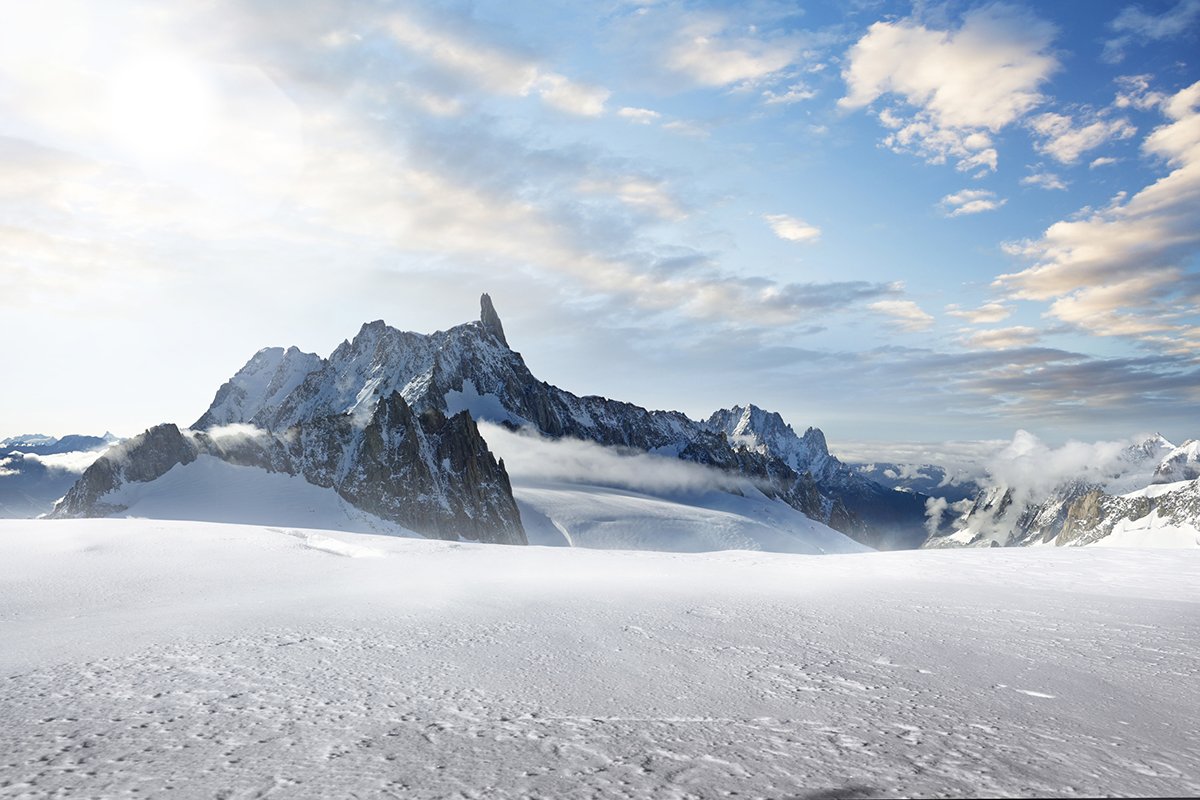
Although Annapurna claims the title of the deadliest mountain, with an estimated 19.7% of trips resulting in death, The highest peak in the Alps—Mont Blanc—sees more deaths every year than any of the 8-meter mountains combined, though it is nearly half the height. From 1990 to 2017, 102 people died attempting to climb the lower portion of the Goûter Route on Mont Blanc, which is a staggering 26.5%. Some reports suggest the death count is even higher, at around 100 deaths a season.
Mont Blanc seems to be more deadly for two reasons. The first is the aptly nicknamed Death Coulier, which spits out rocks along the steep slope with an average frequency of one rockfall every 24 minutes and are especially intense after rainfall or with snowmelt.
The second reason is that this mountain is accessible to and attempted by amateurs. During the 2020 season, 22,150 people attempted a climb. “Of the 387 accident victims who needed emergency services, 84% were amateurs unaccompanied by a professional guide. [. . .] A number of fatal falls have resulted from people tripping while wearing their just-purchased crampons,” reports the New York Times.
It is important to note that the Petzl Foundation has taken it upon itself to educate and implement changes to make this ascent safer. They have found so far that the best window to cross the Coulier is between 9 AM and 10 AM, and the Mont Blanc Tramway Company has changed its operational hours to leave earlier in the morning to enable safer crossings.
3. Taking a Selfie at the Cliffs of Moher
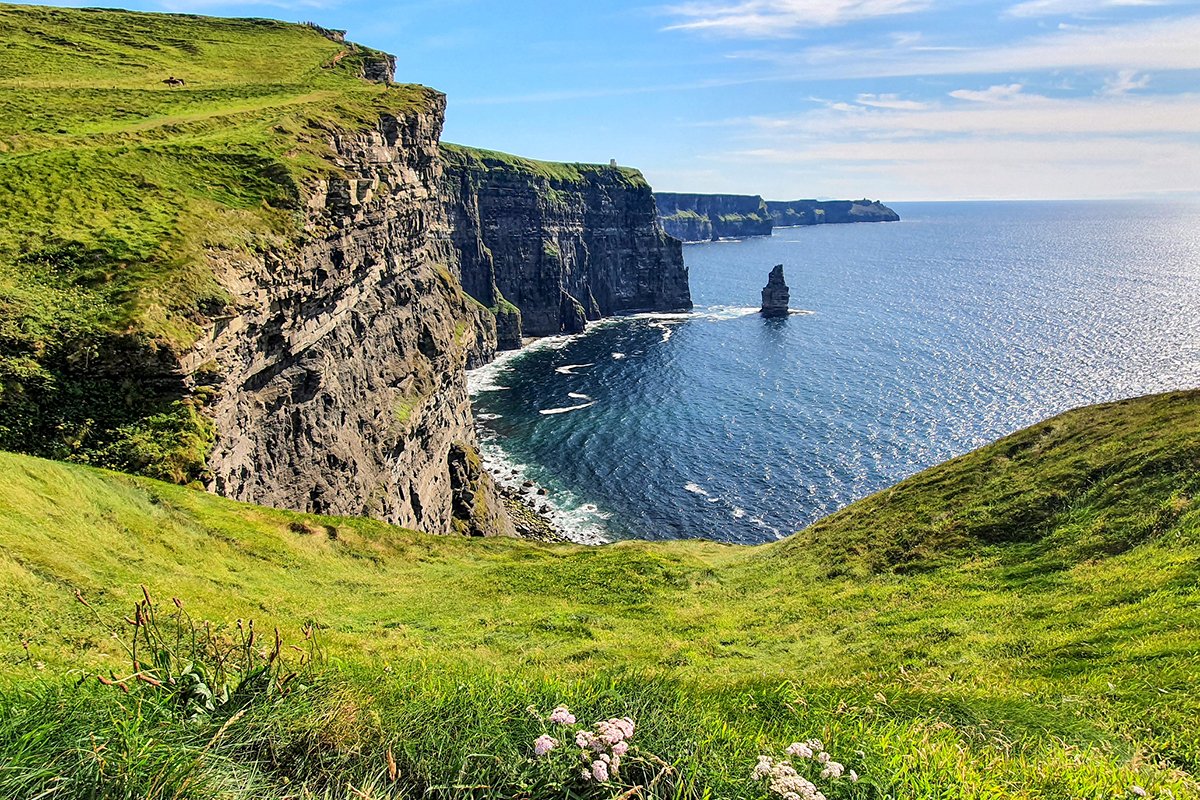
Though docile sounding, these beautiful cliffs can be surprisingly deadly. Situated on Ireland’s western coast, just south of Galway, nine miles of cliffs jet straight up from the Atlantic Ocean, causing a severe edge. The highest point of the cliffs is 702 feet, and nearly three people a year, on average, have fallen over the edge to their death.
The potential for a catastrophic fall is magnified by the constant erosion of the cliffs. Intense winds, crashing waves, and saltine air all contribute to major erosion. In 2016, entire sections of the cliffs fell away, causing Irish officials to post warnings of the unstable conditions. While there don’t appear to be records of anyone losing their life in the great crumble of ‘16, many visitors have before and since. Why? Because people stray from designated areas to get closer to the edge—often for a photo opp.
This natural wonder can safely be enjoyed by taking the 12.5-mile-long Cliffs of Moher Coastal Walk, which opened in 2013, and by enjoying the Cliffs of Moher Visitor Experience area, which offers the official viewing platform. Visitors who follow signage and stay on trail can have a magical and safe experience. However, those who wish to get a closer look, possibly by trying to snap a selfie at the edge of the world, put themselves in extreme danger.
When visiting, be mindful of the reported weather. Officials categorize the weather as yellow, orange, or red at the cliffs. Red means the cliffs are closed.
4. Attending an Ayahuasca Retreat Unprepared

Your physical well-being is not the only risk when taking on new adventures. Ayahuasca retreats can present a host of physiological maladies for those unprepared or consuming with an inadequate host. According to the Alcohol and Drug Foundation (ADF), ayahuasca is a plant-based psychedelic. ADF says, “Psychedelics affect all the senses, altering a person’s thinking, sense of time, and emotions. They can cause a person to hallucinate—seeing or hearing things that do not exist or are distorted.”
Ayahuasca has been long used by communities surrounding the Amazon and has made an appearance in popular culture, with users hoping for improved mental health or spiritual awakening. However, a 2022 study found that 55.9% of participants felt adverse mental health effects in the immediate periods following their ayahuasca experiences. Of these participants, 12% sought professional help with their post-trip mental health.
Some in this group, however, saw even this adverse change as a necessary, maybe even positive, growing pain into their self-betterment.
The subjective nature of trip results and the preparedness of participants cause ayahuasca retreats to be potentially dangerous. Experts recommend not to perceive ayahuasca as a lighthearted experience.
Behold Retreats suggests users should be aware of their mental state going into it, and people with a “family history of psychosis, bipolar, or schizophrenia, as well as those with specific physiological/medical conditions, addictions, or are taking certain medications,” should be weary of ayahuasca. Even when the retreat is over, it’s not necessarily over. Behold Retreats says, “there is a strict protocol to follow weeks (even months) before and after a ceremony.”
5. Visiting the Remote Danakil Desert
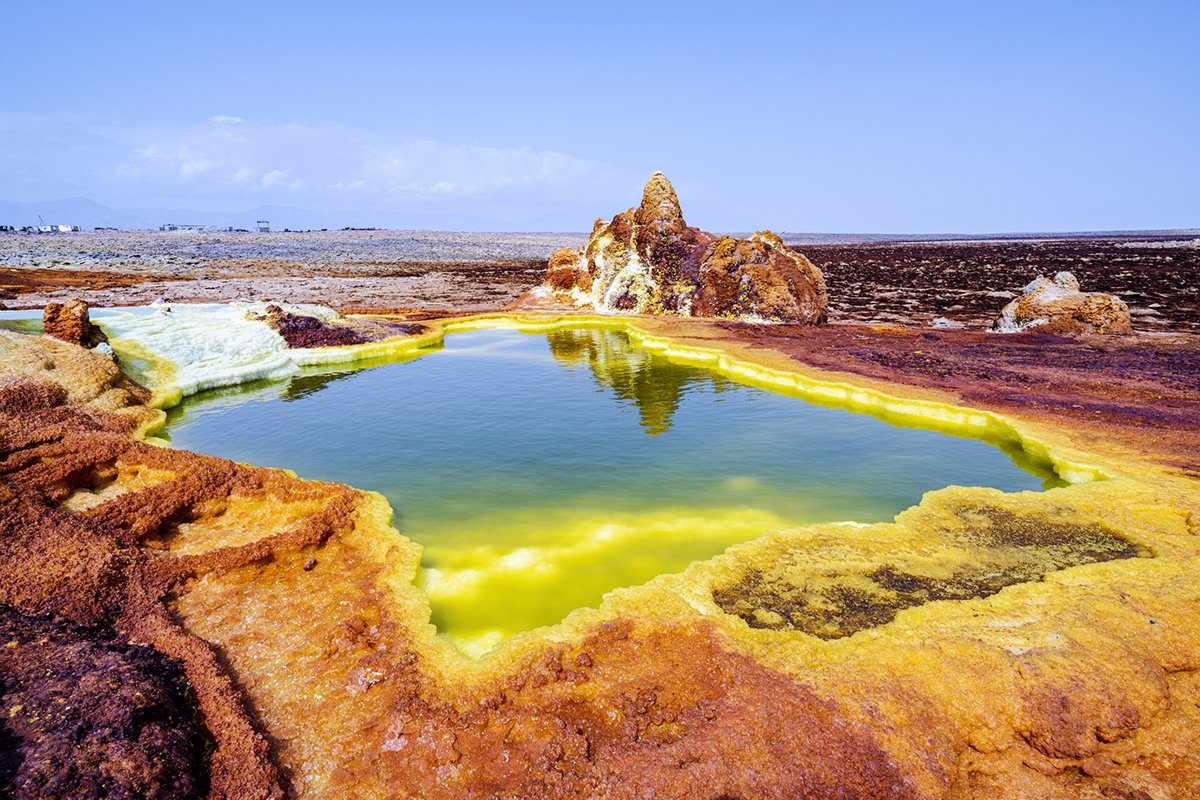
Brilliant, electric-blue waters, neon yellow and orange formations, and sparkling white salt flats—that’s the Danakil Desert in Ethiopia. Pair that with battling extreme heat, brutal and limited roads, remoteness, and the toxicity of the volcanic activity (visitors reported wearing gas masks climbing the Etra Ale volcano), though, and it’s clear that the desert is a marvelous and beautiful but dangerous place.
The remoteness alone is a cause for concern. There are no facilities in the Danakil Desert. You will truly be on your own against the elements when you visit here. It is said to be the most inhospitable place on Earth, though it may be where all of humanity started (this is where “Lucy” was found and is currently displayed in a nearby museum of Ethiopia). Despite its dangers, this area is frequented by the nomadic Afar people who traverse the land via camel and on foot.
Geysers, springs, volcanos, and the overall alien landscape have been attracting tourists here for many years. Due to the dangers of the landscape, though, it is absolutely recommended to visit as part of a tour. Most tours start in the town of Mekele, about a 3-4-hour drive away from the depression.
Even the drive could be hazardous, as tourists can be stopped. One traveler said to expect checkpoints when entering the location: “We spent around 90 minutes waiting in the car at this checkpoint because of a disagreement between two groups who were arguing about the money paid for us to pass the checkpoint. Our tour guide explained this doesn’t usually happen, though after speaking to other travelers, it isn’t rare.”
Be Smart about Destinations and Risks
Any outdoor vacation spot could be dangerous if visitors don’t use common sense—and many are dangerous even despite visitors’ common sense and skill. From volcano surfing on Nicaragua’s active 2,288-foot Cerro Negro to surfing at New Smyrna Beach, Florida, home to the highest number of shark attacks, dangerous adventures attract people looking to live on the edge and experience beautiful places.
Which dangerous vacation would you sign up for, and which one would you nope out on?


